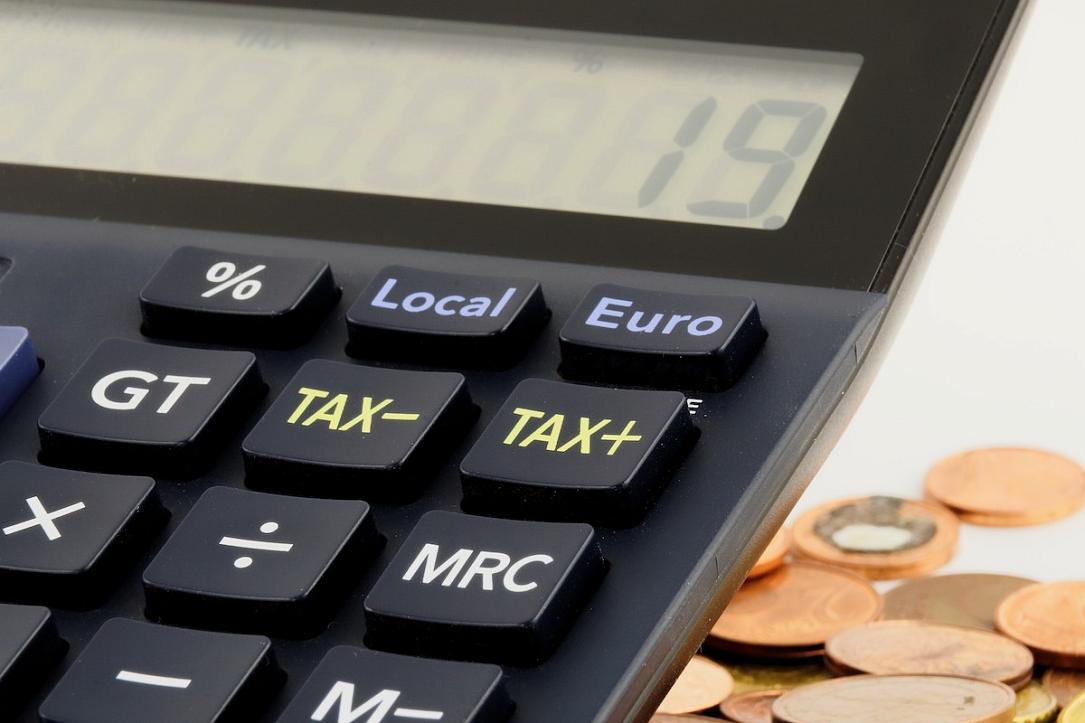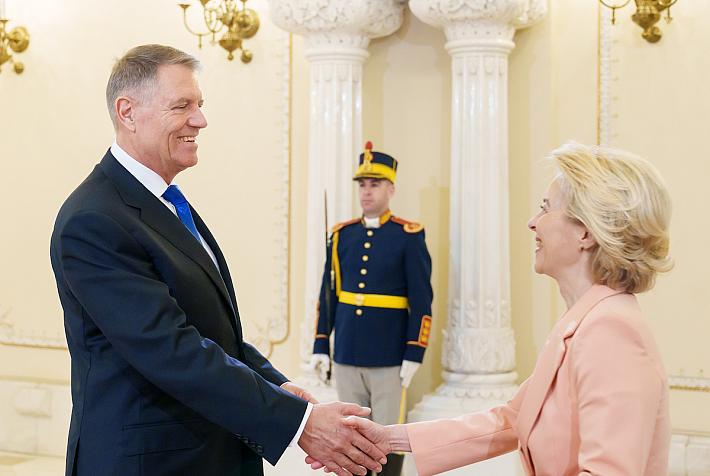Romania's Govt. admits wide VAT gap, but says it is no longer widening

Romania is no longer among the countries where the VAT gap is widening, said the Romanian tax collection agency ANAF in response to the “VAT Gap” report of the European Commission that singles out Romania as the country with the widest VAT gap: more than one third (nearly 36%) of the potential VAT revenues to budget were not collected by ANAF in 2017, local Agerpres reported.
There were only three EU countries that in 2017 posted wider VAT gaps than in 2016 and, indeed, Romania was not among them.
Romania’s VAT gap narrowed from 35.8% in 2016 to 35.5% in 2017, but remained the widest in the whole EU. A significant improvement in the VAT collection would have resulted in significantly better fiscal performance, PwC Romania commented.
"Poland has managed to substantially reduce the VAT gap, according to the EC report, from 24% in 2015 to 14% in 2017. Poland has obtained this performance because, starting 2016, it has implemented the standard file format of tax audit (SAF-T). Using SAF-T greatly simplifies reporting by economic operators and the ability to process and analyze information reported by the tax administration. The benefits are multiple: the burden of tax compliance for taxpayers decreases, taxes are reimbursed faster, the administration detects irregularities and risk areas earlier. As a result, the whole process of tax filing and collection is improving," explained Daniel Anghel, Partner and Leader of Tax and Legal Services, PwC Romania.
editor@romania-insider.com
(Photo source: Pixabay.com)
















